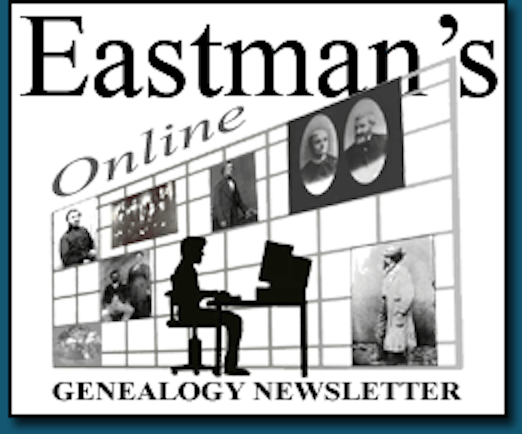Dr Cassidy’s success makes her the eighth researcher in Trinity’s Department of Genetics (School of Genetics and Microbiology) to secure a prestigious ERC award. Those eight individuals have secured a total of ten such awards between them.
Dr Lara Cassidy has secured European Research Council (ERC) funding of €1.5 million to lead a new Starting Grant research project, LIFETIMES, which will utilise thousands of ancient and modern genomes to tell the story of three medieval Irish communities, whose burial grounds remained in use for almost a millennium.
Building on key innovations in ancient DNA analysis, Dr Cassidy and her team aim to reconstruct a set of unbroken family trees, spanning dozens of generations. Such pedigrees can provide exceptional temporal resolution to the archaeological record – by situating individual burials within larger genealogies, a millennium of human history can be viewed as a series of interconnected lifetimes.
Medieval Ireland is the perfect setting to carry out such an ambitious project; it has a remarkably rich historical and archaeological record, as well as excellent ancient DNA preservation and the long-term local population continuity needed to carry out genealogical analysis at this scale.
Dr Lara Cassidy said: “I’m still pinching myself and feel truly honoured to have received this award. It is a dream to be able to carry out this research. We are only just beginning to appreciate the potential of genealogical approaches in ancient genomics and I am so excited to help push the field in new directions.”
“There is a lot of inspiring work happening at the moment, both in ancient DNA and archaeological science more broadly. This project builds on this momentum and I’m very grateful to my peers, mentors and collaborators.”
The genealogical approach taken in LIFETIMES will allow the researchers to follow individual communities across centuries of cultural and demographic transformation, opening up new windows onto the medieval world. They will explore how the life histories of men and women changed through the generations.
Genetic data inform on both mobility and reproductive behaviour, providing insights into systems of marriage, fosterage, inheritance and even political alliance and upheaval. The pedigrees will also be used to trace shifts in population health, from genetic disease risk to infectious diseases that leave behind their own DNA signature. The researchers are even hoping to catch some of the culprits behind infamous epidemics recorded in the medieval Irish Annals.
The team will then ask how these evolving community and life histories relate to the deeper demographic tides of the island. They will examine how changes in individual fertility, mobility and lifespan relate to broader patterns of population growth, decline and migration. In doing so, it will not only address longstanding issues within insular history (e.g. language dispersals, disease risk, past pestilence, gender dynamics) but provide fresh insights into the fundamental interactions between genes, culture and the environment.
Dr Linda Doyle, Provost & President, Trinity, said: “I want to offer my warmest congratulations to Lara. She has always been an amazing scientist and her research is absolutely fascinating, having already made international headlines on several occasions, appearing in Nature and The New York Times. Not alone is there rigorous academic research behind this particular work, there is also huge public interest. I am delighted it will be enabled to expand further with this ERC Starting Grant.”
Prof. Sinead Ryan, Dean of Research at Trinity, added: “I offer my warm congratulations to Lara on securing this prestigious ERC Starting Grant, which recognises both her exceptional talent and the originality of her research. The School of Genetics and Microbiology at Trinity College Dublin continues to attract and nurture the very best early career researchers in the field.”
The ERC, set up by the European Union in 2007, is the premier European funding organisation for excellent frontier research. It funds creative researchers of any nationality and age, to run projects based across Europe. The ERC offers four core grant schemes: Starting Grants, Consolidator Grants, Advanced Grants and Synergy Grants.
ERC Starting Grant awards support excellent Principal Investigators in starting their own independent research teams or programmes. These grants, which support five-year projects, are among the most sought-after and competitive in the world of research.
Since the inception of the ERC, Trinity has participated in 92 projects with a value of roughly €149 million. This new award will join 40 active projects hosted at Trinity, including Starting,Consolidator, Advanced and Synergy Grants. For more information on Trinity’s past and present projects, see ERC Awards at Trinity.
 Latest News Articles
Latest News Articles Do you have an RSS newsreader? You may prefer to use this newsletter's RSS feed at:
Do you have an RSS newsreader? You may prefer to use this newsletter's RSS feed at: